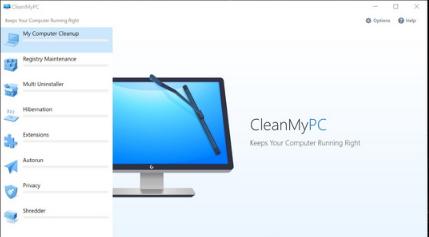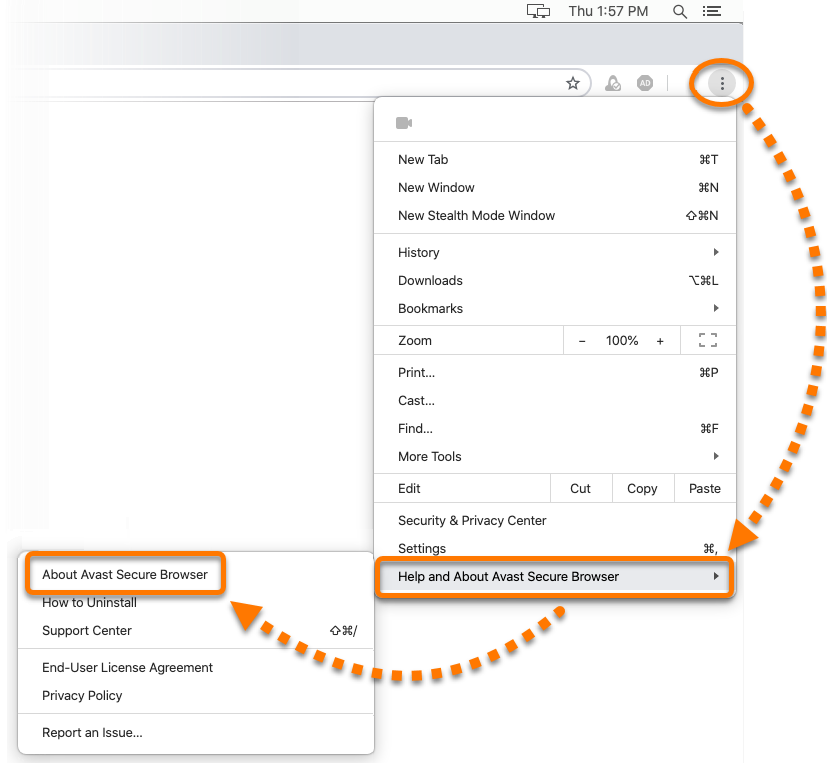


Microsoft is currently blocking the update for Sophos, Avira, and ArcaBit users, with McAfee still under investigation. Sophos additionally reports that adding the antivirus software's own directory to the list of excluded locations also serves as a fix, which is a little strange. Logging in to Windows 7, 8.1, Server 2008 R2, Server 2012, and Server 2012 R2 are all affected.īooting into safe mode is unaffected, and the current advice is to use this method to disable the antivirus applications and allow the machines to boot normally. Some users have reported that they can log in, but the process takes ten or more hours. It's not immediately clear if systems are freezing altogether or just going extraordinarily slowly. As of publication time, client-side antivirus software from Sophos, Avira, ArcaBit, Avast, and most recently McAfee are all showing problems with the patch.Īffected machines seem to be fine until an attempt is made to log in, at which point the system grinds to a halt. Over the last few days, Microsoft has been adding more and more antivirus scanners to its list of known issues. Moreover, it did not show up during the testing on the Win 10 preview builds.The most recent Windows patch, released April 9, seems to have done something (still to be determined) that's causing problems with anti-malware software. “Previous generations of Intel Core CPUs are fine. “…he issue really seems to occur only on the last generation of Intel CPUs,” Petr Chytil, a quality assurance director for Avast, wrote on an Avast support forum. Affected products include the Surface Book and Surface Pro 4 but also, apparently, any tablet or notebook running Avast on top of the affected Intel Core chips. Based on posts by users and Avast, it seems to be some sort of conflict between Avast, the AU, and Intel’s virtualization technology-even, perhaps, if virtualization is disabled. What’s happening, and how to fix itĪs the complaints piled up, Avast acknowledged the problem in its support forums. Fortunately, Windows already provides anti-malware protection while Avast sorts things out.

The purpose behind the Insider builds is to work out all these bugs before the general public encounters them, but it appears Avast’s engineers missed something. Why this matters: Every new piece of code has the potential to introduce bugs, and the AU is indeed a massive piece of code.


 0 kommentar(er)
0 kommentar(er)
